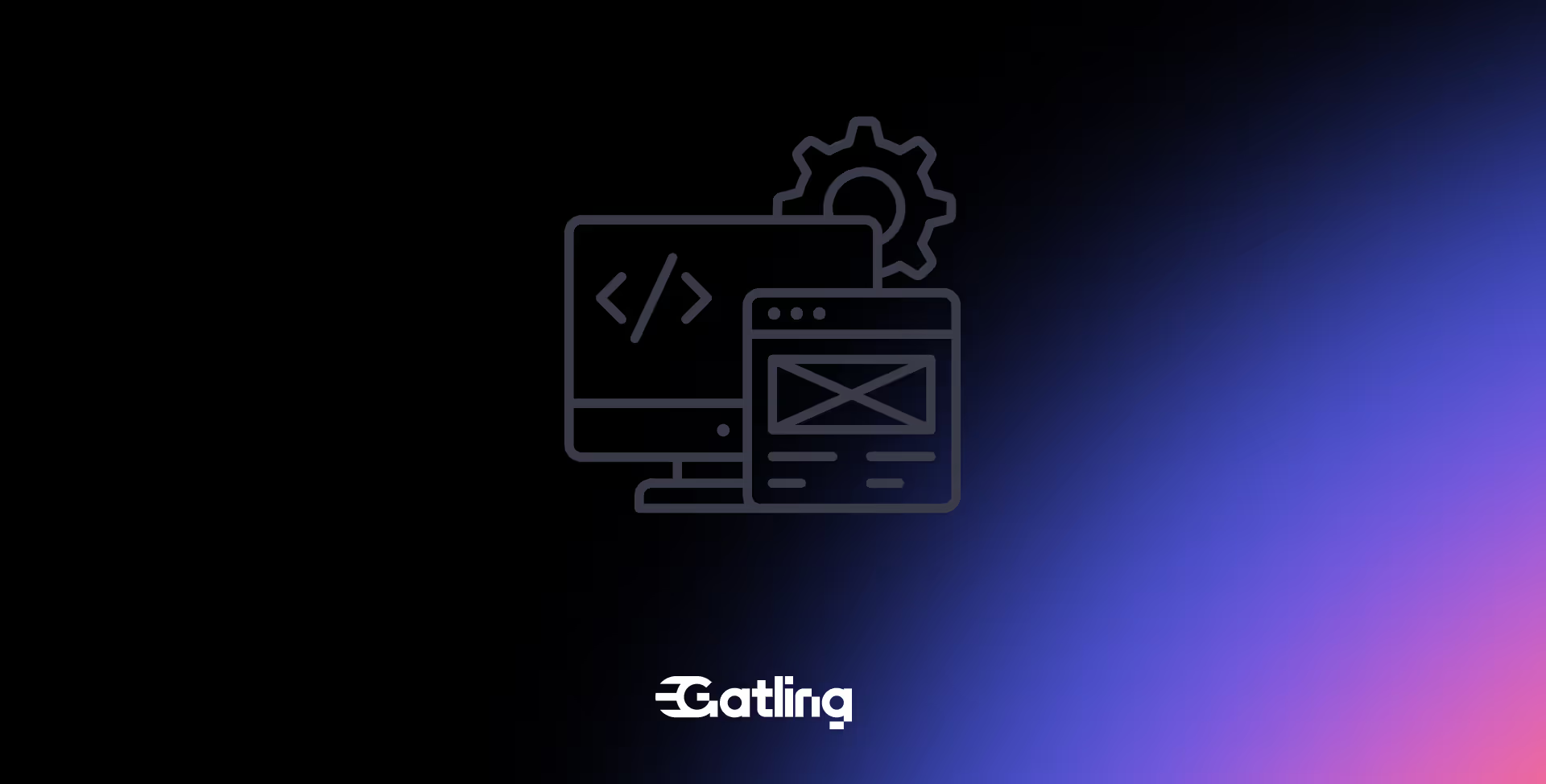Ghost loads in e-commerce applications: Uncovering hidden performance issues with load testing

Last updated on
Monday
September
2025
Ghost loads in e-commerce applications: Uncovering hidden performance issues with load testing
In today’s hyper-competitive e-commerce landscape, ensuring a smooth and seamless user experience is essential for success. Whether it’s Black Friday, Cyber Monday, or any other peak shopping day, customers expect fast load times and glitch-free navigation. While developers focus heavily on optimizing front-end performance, there is a lurking issue that can wreak havoc on an e-commerce platform's performance—ghost loads. These hidden, unnecessary processes or requests consume valuable resources and can degrade overall application performance, especially under high traffic conditions.
In this blog post, we'll explore what ghost loads are, how they impact e-commerce platforms, and how load testing can help identify and mitigate these invisible bottlenecks before they cause problems during peak demand periods.
What are ghost loads?
Ghost loads in e-commerce applications refer to background processes, API calls, and resource requests that occur without contributing to the immediate functionality visible to users. These hidden loads can go unnoticed during development and testing, but they can significantly impact system performance, especially when traffic surges.
Ghost loads typically fall into the following categories:
- Unnecessary API Calls: Backend systems often make requests to fetch data that may not be relevant to the current user interaction. For instance, fetching information about categories or recommendations that the user may never see during that session.
- Idle or Redundant Processes: Sometimes, developers forget to clean up or stop processes that are no longer needed for the user experience. These could include old tracking scripts or background tasks that keep running without any real purpose.
- Excessive Third-Party Service Calls: E-commerce platforms rely heavily on third-party services, such as payment gateways, analytics tools, and social media integrations. Some of these services might be called more frequently than necessary, leading to redundant traffic that adds little to no value.
- Pre-Fetching of Content: While pre-fetching data and resources can improve responsiveness, overuse of pre-fetching can result in large amounts of data being requested unnecessarily, particularly on pages that users might not visit.
- Caching and Session Mismanagement: Misconfigured caching mechanisms or session handling can lead to ghost loads where old data is constantly fetched or updated without being used in the current context.
Why ghost loads matter in e-commerce
While ghost loads might seem like a minor nuisance, they can cause serious performance issues during peak shopping periods. Here’s why they matter:
- Increased Latency: Every unnecessary API call or background process consumes server resources, increasing the time it takes for important requests to be processed. This results in higher page load times, a critical factor that directly affects user experience and conversion rates.
- Resource Drain: Ghost loads eat up bandwidth, memory, and CPU cycles, which can be detrimental when thousands or millions of users access the site simultaneously. This can lead to slowdowns or, worse, system crashes.
- Hidden Scalability Issues: Ghost loads can prevent proper scaling. E-commerce applications often need to scale dynamically during peak traffic, but unnecessary background processes can increase the load on servers, causing performance degradation when scaling is needed most.
- Poor Customer Experience: Slower page loads lead to frustrated customers, abandoned carts, and ultimately lost revenue. Even a one-second delay in page response can result in a 7% reduction in conversions.
How load testing can help identify ghost loads
To mitigate the impact of ghost loads, e-commerce businesses must proactively identify and address these hidden performance bottlenecks before they affect customers. This is where load testing comes into play.
Load testing involves simulating user traffic to measure how the application performs under different conditions. By mimicking real-world usage scenarios and analyzing how the system behaves under stress, you can identify ghost loads and other inefficiencies before they cause problems on peak demand days.
Here’s how load testing can help:
1. Simulating High Traffic:
Load testing tools allow you to simulate thousands or even millions of users interacting with your e-commerce platform simultaneously. This helps uncover how the system behaves under peak load conditions. Ghost loads, which may be unnoticeable under light traffic, become evident as system performance starts to degrade under heavy traffic.
2. Analyzing Backend Requests:
Modern load testing tools, such as Gatling can track all API requests made by the application. By examining these logs, developers can identify unnecessary API calls that don’t contribute to the user experience. These tools also allow you to pinpoint which backend processes are consuming the most resources, even when they aren’t visible to the user.
3. Monitoring Resource Utilization:
Load testing provides insights into CPU, memory, and network usage during high traffic scenarios. Ghost loads tend to increase resource consumption without improving user experience, and these inefficiencies can become glaringly obvious during a load test. By monitoring these metrics, you can identify areas where resources are being wasted.
4. Identifying Scalability Issues:
One of the biggest challenges during peak traffic periods is ensuring that the system scales efficiently. Load testing helps identify whether ghost loads are preventing your system from scaling as expected. You can evaluate the performance of your auto-scaling mechanisms to ensure that unnecessary processes don’t prevent your infrastructure from handling increased traffic.
5. Testing Third-Party Services:
E-commerce platforms often rely on third-party services, which can be a source of ghost loads. Load testing helps assess the performance impact of these services under high traffic. By analyzing the frequency and necessity of third-party API calls during a load test, you can optimize their usage and reduce unnecessary requests.
Conclusion
Ghost loads are an often-overlooked factor that can significantly degrade the performance of an e-commerce platform, especially during periods of high traffic. By consuming resources without improving the user experience, they can increase latency, reduce scalability, and ultimately hurt your business’s bottom line.
The good news is that load testing can help you identify these hidden performance issues before they become a problem. By simulating high traffic, analyzing backend requests, monitoring resource utilization, and evaluating third-party services, you can ensure that your e-commerce platform is optimized to handle peak demand days with ease.
With peak shopping seasons just around the corner, now is the time to invest in load testing and address any ghost loads that may be lurking in the shadows.
FAQ
FAQ
Related articles
Ready to move beyond local tests?
Start building a performance strategy that scales with your business.
Need technical references and tutorials?
Minimal features, for local use only




